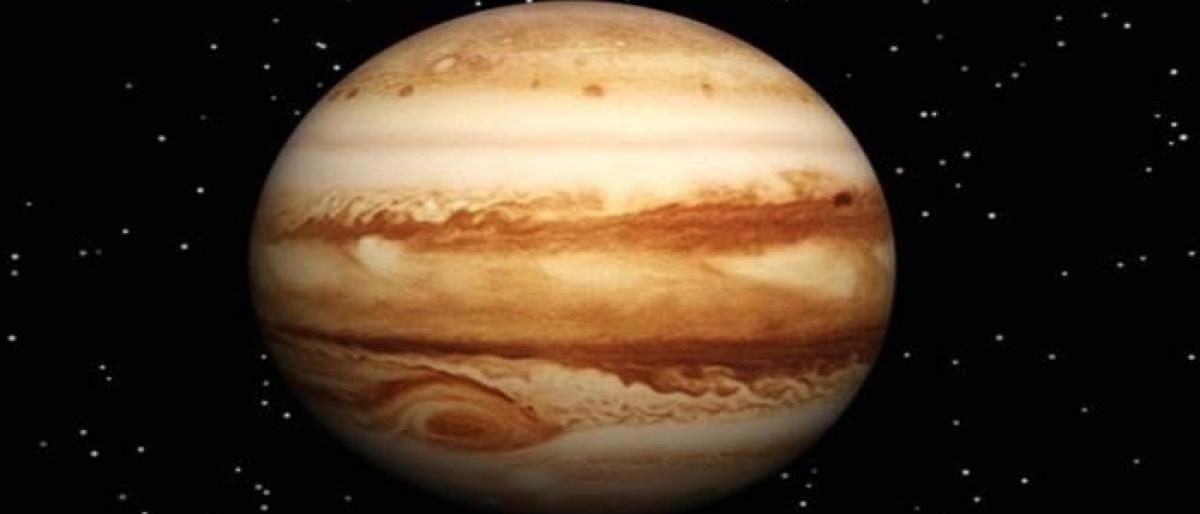Ice blades cover Jupiter's moon Europa

Fields of sharp ice growing to almost 15 metres tall could be scattered across the equatorial regions of Jupiters moon, Europa, which may make the search for alien life difficult, scientists say Previous space missions have identified Europa as one of the likeliest destinations for harbouring life in our solar system, most notably because of the large seas of liquid water underneath its surface,
Fields of sharp ice growing to almost 15 metres tall could be scattered across the equatorial regions of Jupiter's moon, Europa, which may make the search for alien life difficult, scientists say. Previous space missions have identified Europa as one of the likeliest destinations for harbouring life in our solar system, most notably because of the large seas of liquid water underneath its surface, said researchers from Cardiff University in the UK.
The new study, published in the journal Nature Geoscience, suggests that any potential landing mission may have to navigate hazardous obstacles known as 'penitentes' before touching down on Europa's surface. Penitentes are tall sharp-edged blades and spikes made of snow and ice that point towards the midday sun.
They form through a process known as sublimation, which requires bright, sustained sunlight as well as cold, dry and still air. Sublimation is a process through which ice turns directly into water vapour without melting into a liquid first. When sublimation occurs, these distinctive blade-like formations are left behind.
"The unique conditions of Europa present both exciting exploratory possibilities and potentially treacherous danger," said Daniel Hobley from Cardiff University's School of Earth and Ocean Sciences. Penitentes are present on Earth and grow to between one and five metres tall, but they are restricted to high-altitude tropical and subtropical conditions, such as in the Andes.
Europa, however, has the perfect conditions necessary for penitentes to form more uniformly -- its surface is dominated by ice; it has the thermal conditions needed for ice to sublime without melting, researchers said. There is very little variation in the angle in which the sun shines on the surface, they said.

















